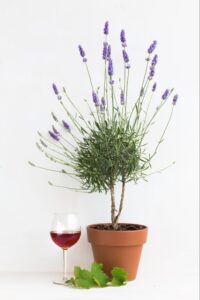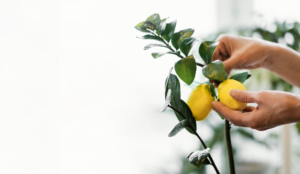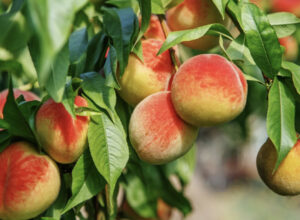Caring for Fiddle Leaf Trees: An Expert’s Guide

Navigating the world of indoor plants can be both rewarding and challenging. One of the most iconic indoor plants, the Fiddle Leaf Fig Tree, often raises the question of how to care for a fiddle leaf fig tree indoors. While its broad, glossy leaves add a touch of nature’s elegance to any space, understanding the specific needs of this plant is pivotal. In this guide, we will delve deep into how to care for a fiddle leaf fig tree, ensuring it remains a vibrant and thriving centerpiece in your home. Whether it’s about the right lighting conditions or watering routines, we’ve got you covered. Let’s unravel the best practices together.
Positioning Tips
- PRO TIP: For an upright Fiddle Leaf Fig, ensure a monthly rotation to counteract its natural inclination to lean towards light sources. Over time, without rotation, these trees have a tendency to bend.
Hailing from the lush rainforests of western and central Africa, the Fiddle Leaf Fig Tree, scientifically known as Ficus lyrata, is renowned for its grandeur and verdant charm. Its broad, captivating leaves have garnered an enthusiastic following among indoor plant enthusiasts. However, its beauty comes with a caveat – it demands meticulous care to thrive within the confines of your home.
This magnificent tree finds its element in warm, humid environments where it can bask in abundant light and receive consistent moisture. Choosing the right location is paramount. Opt for a spot devoid of drafts and away from air vents, ensuring it bathes in generous ambient light. South or west-facing windows provide an ideal light source, while an eastern orientation suffices if the tree can be placed close to the window in a well-lit area. For optimal growth, a few hours of direct sunlight are appreciated, making areas with high humidity and prolonged sun exposure particularly suitable. On the other hand, north-facing windows may not offer the requisite light intensity for its thriving.
If you find yourself uncertain about the lighting conditions in your space, positioning the tree adjacent to a window can be a prudent choice. For a more comprehensive understanding of assessing light in your environment, consult our comprehensive lighting guide.
It’s essential to acknowledge that Fiddle Leaf Fig Trees are exceptionally responsive to their surroundings. Initial adjustment to a new environment may lead to minor leaf shedding, which is entirely normal. Staying committed to the recommended care guidelines is crucial during this acclimation period.
Lastly, if you choose to pot your tree in a natural container, it’s advisable to place a waterproof saucer beneath it. Given this plant’s specific water requirements, the saucer serves as a protective barrier, safeguarding your flooring from potential humidity buildup and ensuring your Fiddle Leaf Fig enjoys a comfortable and thriving home.
Consistent Care Guide
- PRO TIP: Quartely, gently cleanse your plant’s leaves with tepid water, ensuring the removal of dust. This enhances the leaf’s ability to effectively photosynthesize by maximizing light absorption.
Upon receiving your plant, always initiate by evaluating its watering requirements. It’s imperative to inspect the soil moisture before hydrating the plant; ensuring the top layers aren’t already moist. Moreover, loosening the soil is advisable before the initial watering. During transportation, many suppliers pack the soil tightly, so aerating it improves drainage, promotes soil aeration, and facilitates moisture dispersion.
Originating from regions that experience dry spells between rainfalls, the Fiddle Leaf Fig thrives in soil that maintains consistent moisture but undergoes short drying intervals between waterings. Ensure comprehensive watering once the top 2” of the soil dries. Ignoring deeper soil drying can result in leaf shedding, so it’s pivotal to routinely gauge the soil moisture. Conversely, excessive moisture might lead to root rot and subsequent leaf drop.
Utilizing a soil probe provides an effective way to gauge moisture at the root level. It’s also beneficial for soil aeration in cases of overwatering. For those seeking a refined option, the Monitor Brass Soil Probe is ideal.
For long-term growth, it’s beneficial to re-pot the Fiddle Leaf Fig. While it can survive in its original nursery pot, transitioning it to a spacious planter with ample soil and essential drainage optimizes its growth. If your plant resides in a pot devoid of drainage holes, be vigilant about overwatering. In such cases, allow a slightly prolonged drying interval between watering and employ a soil probe to monitor moisture. For those aiming for convenience, self-watering containers are an excellent choice for these plants.
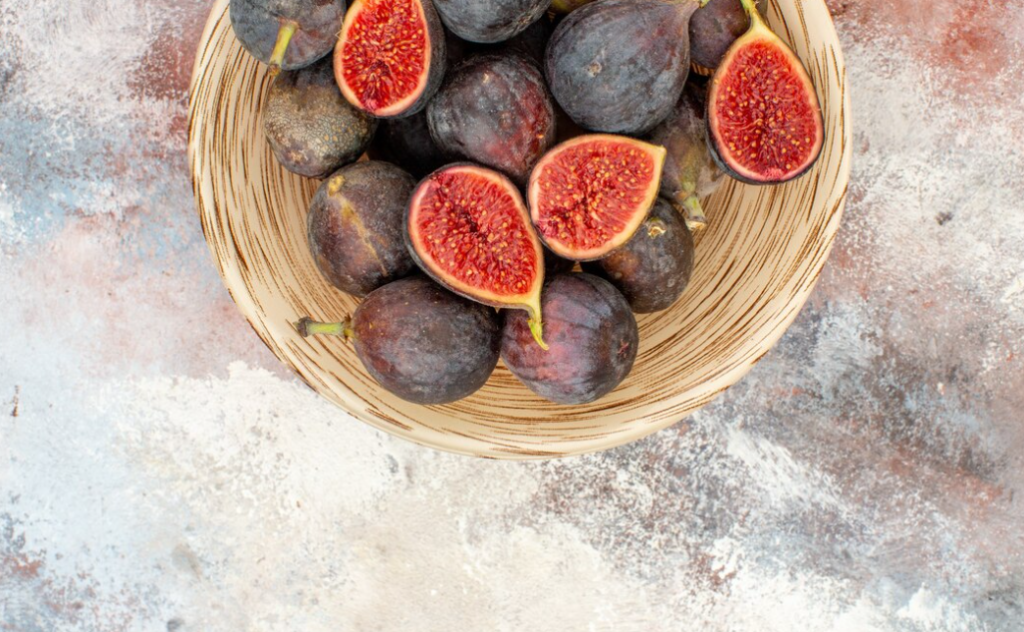
Planting and Maintenance Instructions for Standard Planters
Planting and maintaining your Standard Planters involves a few key considerations that can greatly impact the health and longevity of your plants. These versatile planters come equipped with a removable drainage plug, giving you the freedom to decide whether to incorporate drainage into your setup. While the aesthetic appeal of a planter without drainage may be enticing, we advise beginners to exercise caution, as rectifying overwatering mistakes can pose challenges.
Regardless of your choice regarding drainage, we highly recommend commencing the planting process with a layer of quality drainage material, such as Aeration Stones, thoughtfully placed at the base of the planter. This foundational layer plays a crucial role in facilitating proper airflow to the plant’s roots, ensuring they receive the essential oxygen they need. This precaution becomes particularly vital when dealing with planters lacking drainage, as the absence of airflow can potentially lead to anaerobic conditions detrimental to your plant’s well-being.
Should you opt for a drainage setup, it’s essential to incorporate a Plant Saucer beneath your planter. This saucer serves as a reservoir, collecting excess water and preventing it from damaging your floors or surfaces. Typically, for most plants housed in standard planters, adhering to a weekly watering schedule suffices. Ensure you water the soil sufficiently until you observe water starting to accumulate in the Plant Saucer, indicating that the plant has received an ample supply of moisture.
In cases where your planter lacks a drainage hole, precision in watering becomes paramount. While we would love to provide a one-size-fits-all water measurement, it’s crucial to understand that a plant’s hydration needs are influenced by various factors, including light exposure and its overall health. Monitoring your plant’s foliage is a helpful indicator of its thirst; typically, drooping leaves serve as an early sign of water deficiency.
For precise moisture assessment, consider utilizing a Soil Probe, a valuable tool that aids in determining the moisture content at the base of the planter, irrespective of whether it incorporates drainage. This proactive approach ensures that your plant thrives in an environment tailored to its specific moisture requirements, promoting robust and healthy growth.
Instructions for Self-Watering Containers
Effortless and efficient, self-watering containers provide a convenient solution for plant care enthusiasts. These containers come equipped with a built-in water reservoir, simplifying the task of maintaining optimal soil moisture levels. To make the most of self-watering containers, it’s crucial to follow a few key instructions. Start by thoroughly watering the topsoil after planting, allowing the plant’s roots to establish and reach the reservoir for hydration. Subsequently, you can rely on the self-watering system, which draws moisture from the reservoir as needed. Regularly check the water level indicator or reservoir to ensure an adequate water supply. This innovative container design reduces the risk of overwatering and underwatering, making it an excellent choice for both novice and experienced gardeners.
When using Self-Watering Planters, it’s essential to follow these guidelines for successful plant care. These sub-irrigated containers require specific attention:
Initial Watering:
After planting, provide a generous and thorough watering of the topsoil. This step is crucial as it encourages the plant’s roots to reach the reservoir for hydration. For the first two to four weeks, continue top watering before relying on the reservoir. In the dormant seasons or for slow-growing plants, extend the top watering period.
Testing Phase:
Following the initial top watering period, it’s time to test the reservoir. If the water in the reservoir is absorbed into the planter, it indicates that the plant is ready for regular reservoir servicing. If not, continue top watering for a few more weeks until the plant begins drawing water from the reservoir.
Reservoir Maintenance:
Once the reservoir naturally empties, refrain from immediate refilling. Just as humans need pauses between sips of water, most plants benefit from a drying-out period. Allow the reservoir to empty completely between watering sessions, typically ranging from 1-3 days, depending on the plant’s specific needs.
Moving forward, you should rarely need to topwater the plant when utilizing the reservoir system. Bottom watering allows the plant to hydrate at its preferred pace and can help prevent issues like fungus gnats by promoting the drying of the topsoil. However, if the soil becomes excessively dry, it may hinder the wicking ability of the Aeration Stones within the planter. In such cases, a thorough watering is recommended.
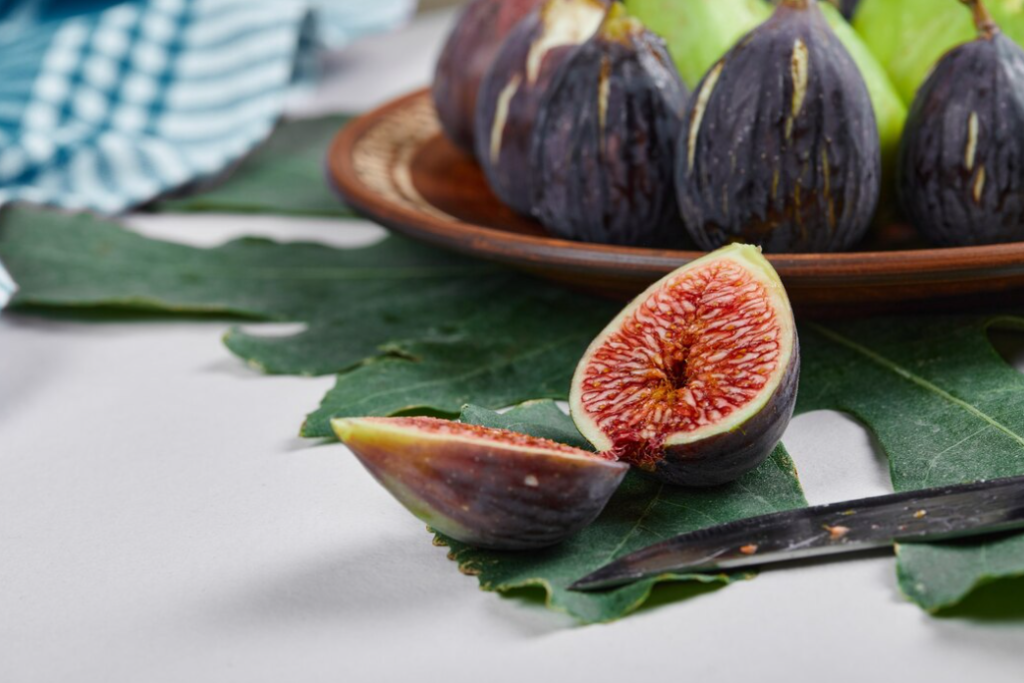
Recommended Accessories
Here are some accessories that can enhance your plant care experience:
- Aeration Stones
- ARS Stainless Steel Pruners
- Neem Oil
- Soil Probe
- Watering Can
- Soil
- Fertilizer
- Cork Mats
| Accessory | Description |
| Aeration Stones | Aeration Stones promote healthy root growth by creating air pockets in the soil and absorbing excess water in the planter’s basin. They are particularly useful for planters without drainage holes. |
| ARS Stainless Steel Pruners | These heavy-duty stainless steel pruners are designed to withstand the corrosive effects of salts and moisture from potting soil. They are perfect for both large and small pruning jobs. |
| Neem Oil | Neem Oil serves as an all-purpose insecticide, miticide, and fungicide for organic gardening. It’s systemic, meaning it gets absorbed by the plant and combats pests from within. Caution should be exercised to avoid overuse, which may weaken plants or cause discoloration. |
| Soil Probe | Soil Probe not only checks for moisture but also aerates the soil. Adequate aeration is essential for root health, especially in cases where overwatering has compacted the soil around the roots. |
| Watering Can | Choose a watering can that suits your preferences in terms of design and capacity. Look for models with long spouts and an appropriate volume for your plant collection. |
| Soil | Fox Farm Ocean Forest soil is an ideal choice as it offers excellent water retention, breathability, texture, and is made from organic materials, ensuring the long-term health of your plants. |
| Fertilizer | Consider using 10-4-3 fertilizer, a gentle option for indoor foliage. Follow the provided instructions to mix it into your watering can every other week. Ensure your plant receives adequate light to effectively process the nutrients. Overuse may lead to burnt tips on foliage. |
| Cork Mats | Cork mats are highly recommended for planters made from organic materials like ceramic. They protect furniture and floors from scratches and moisture, helping to maintain a clean and damage-free environment. |
Frequently Asked Questions
Q: Is my Ficus suffering from a bacterial infection or root rot?
A: It’s unlikely. Often, issues like low light or overwatering are more probable culprits. If you want to learn more, we have a guide on identifying fungal and bacterial leaf spotting.
Q: My Fiddle Leaf Fig dropped a leaf—what should I do?
A: Fiddle Leaf Figs can be sensitive to environmental changes, particularly when transitioning from a greenhouse to indoor conditions. Leaf drop is common during this adjustment period, but it’s temporary. Your tree will adapt over a couple of weeks. However, if leaf loss persists, it might be due to improper light or watering.
Q: Brown spots and dropping leaves on my Fiddle Leaf Fig—what’s the solution?
A: The most common mistake in Fiddle Leaf Fig care is overwatering. These plants prefer slightly drying out between waterings, as overly moist soil can suffocate the roots. If leaves turn brown and fall while the soil is still damp, allow it to dry completely. Another common issue is inadequate light. Fiddle Leaves require ample light for healthy growth, and leaf shedding can occur in low-light conditions. Placing your plant by a window is a safe bet. Underwatering can also harm Fiddle Leaf Figs. Insufficient watering results in browning and curling leaves. Dry, brown leaves typically indicate underwatering.
Q: How can I determine when to water my Fiddle Leaf Fig?
A: Once the top layer of soil has dried, you can assess your Fiddle Leaf’s water needs by observing its leaves. If the leaves become floppy and lose their rigidity, it’s a sign they require water. Consistently monitor your tree to establish a watering routine.
Q: Can my Fiddle Leaf Fig tolerate direct sunlight from an AC or heater?
A: Fiddle Leaf Fig Trees thrive in a humid environment, but avoid placing them directly in the path of AC or heating units. While they do well in air-conditioned spaces, excessive airflow can lead to leaf dropping. If your plant’s leaves are affected by the air, consider relocating it.
Q: How frequently should I fertilize my Fiddle Leaf Fig?
A: Generally, house plants benefit from fertilization during the spring through fall seasons. Administer an organic houseplant fertilizer once a month, adhering to the package instructions for dilution and application. For the initial 6 months after receiving your plant, it won’t require fertilizer, thanks to the organic potting mix we use, which contains slow-release fertilizer.
Q: How often should I repot my Fiddle Leaf Fig?
A: For larger floor plants, repotting every 18-24 months is advisable. Opt for a pot that’s 2″-4″ larger in diameter to accommodate growth, avoiding pots significantly larger than the previous one to prevent root drowning. If you wish to maintain the current size, repot in the same vessel, replace the soil, and trim some roots and foliage. Spring or summer is the ideal repotting time when the plant is at its strongest.
Conclusion
In conclusion, knowing how to care for your Fiddle Leaf Fig tree indoors and understanding the essential steps are the keys to nurturing a thriving and magnificent houseplant. By providing the right balance of light, water, and nutrients, along with the occasional pruning and attention to common issues, you can create an indoor oasis with your Fiddle Leaf Fig as the centerpiece. Remember, patience and attentiveness are your best allies in this journey. With the knowledge and care techniques you’ve acquired, your Fiddle Leaf Tree will reward you with its lush, vibrant foliage, adding a touch of natural beauty to your indoor space for years to come. Happy gardening!
